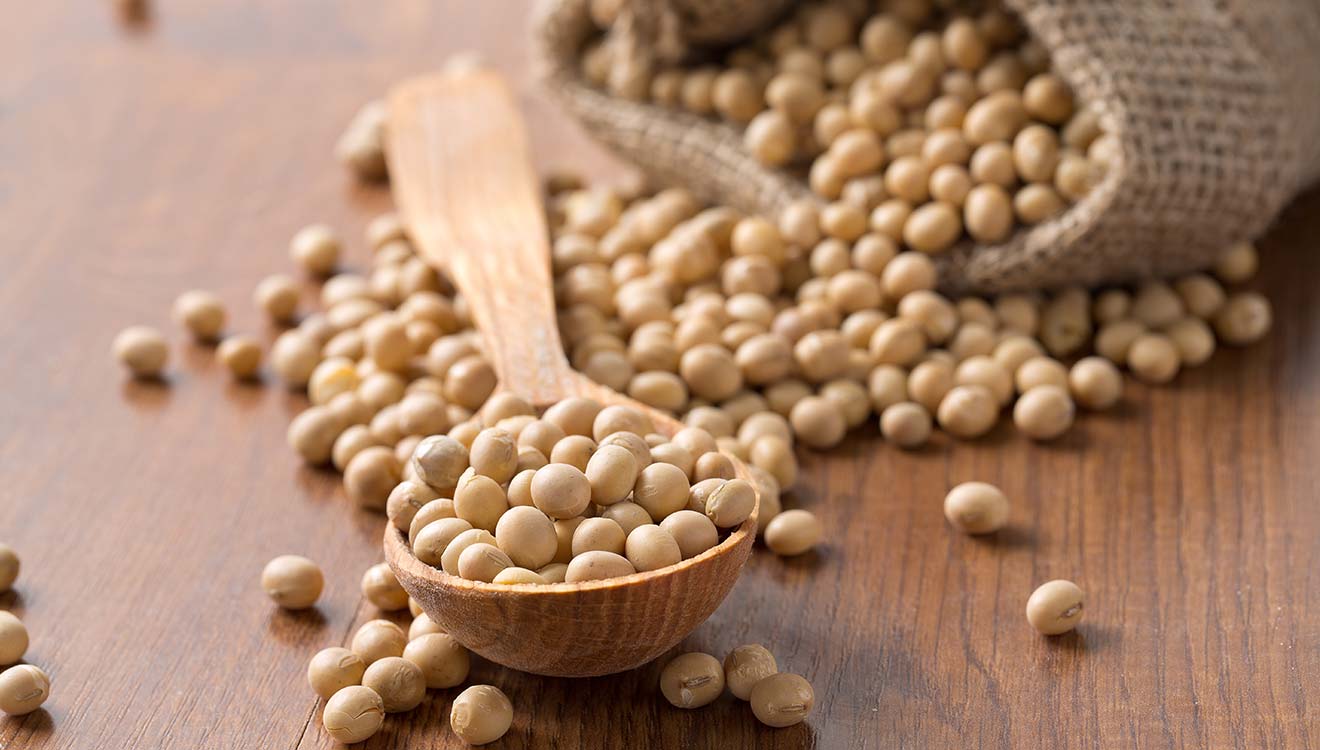UK allergen labelling: how you can prepare for Natasha’s Law
Did you know there are new allergen labelling requirements in the UK from October 2021? Find out what exactly Natasha’s Law is and what you need to do to prepare
An egg allergy is particularly common in babies and young children, so if you run a venue that is popular with families it’s particularly important to be aware of the risks and offer safe alternatives.
Many egg-based meals and ingredients are easy to identify such as mayonnaise and quiche. However, there are some more hidden forms of eggs. For example, it’s trickier to spot egg in a glaze on pastry or in some types of pasta.
With the rise of veganism in recent years, many creative substitutions for eggs are appearing. In baking, eggs often act as a binder so try swapping them for mashed bananas or apple sauce. A mixture of water and flaxseeds or chia seeds also give bakes a cohesive texture. For meringues, try using aquafaba which is the liquid from cooked chickpeas. It might sound strange but the protein present in the water acts in a similar way to egg whites!

Milk is the cause of an allergy that is most often seen in young children. Many will grow out of it by the time they are five years old.
There are numerous ways milk can be used in food products from the obvious – butter, cheese, yogurt and cream – to the not-so-obvious. Many processed foods such as soups, sauces, crisps and meats contain ingredients made from milk.
Obvious substitutions might appear to be sheep or goat’s milk. However, these contain similar proteins to cow’s milk so may not be suitable for those who are allergic to the protein element in milk. It’s advisable to use plant-based milks, such as those made from oats, rice or soya. Some of these milks are particularly effective in hot drinks and have similar frothing powers.

Although not as common as an allergy to milk or eggs, soya can still cause a serious reaction in allergy sufferers so it’s one to look out for.
Soya comes in many forms and is used widely across multiple cuisines and food types. According to Allergy UK, soya is used in up to 60% of manufactured foods. As well as the obvious culprits such as soy sauce, soya milk and margarine, there are lots of hidden sources of the protein.
As soya is found in a lot of processed foods, the best way to avoid it is to create meals from scratch using fresh ingredients. Soy sauce can be replaced with products such as Maggi Liquid Seasoning.
Learn more about the upcoming allergen law change in October 2021.
Stay up-to-date with the latest allergen legislation at the Food Standards Agency website.
Sign in to save topics you love, and build your archive of events, menus and articles.